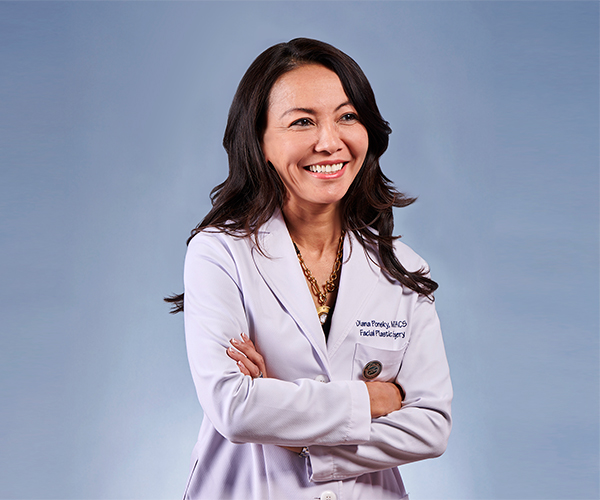| How To Avoid Seeing This Doctor 1 Get some help. Quit smoking with the direction and support of a smoking-cessation program and self-help groups, says Dr. Derek Raghavan, chairman and director of the Cleveland Clinic’s Taussig Cancer Institute. 2 Avoid second-hand Third-hand smoke. Emerging evidence shows exposure to tobacco residue on walls, furniture, car interiors, clothing, etc., can be harmful, Raghavan says.
3 Have your home tested for radon. The good news is “it just won’t suddenly appear,” Raghavan says. “It’s either a chronic problem, or it isn’t.” |
After decades of no-smoking campaigns and smoking bans in public places, lung cancer remains the most frequently diagnosed life-threatening cancer in Cuyahoga County. One reason is because too many women continue to light up, says Dr. Derek Raghavan, chairman and director of the Cleveland Clinic’s Taussig Cancer Institute.
“It has to do with very clever advertising,” he says. “Women, through the ‘Virginia Slims period,’ have had an emotional, psychological sales link: ‘You can be independent, you can be the mistress of your domain, but you have to smoke to do it.’ ”
Raghavan explains that the toxins in tobacco smoke — a noxious blend of 150 known cancer-causing chemicals — can change the DNA that controls division of cells, allowing them to replicate unchecked. Sometimes those cells turn themselves off; but others do not, aggressively burrowing, spreading and attracting blood vessels to nourish them.
The most creative method of screening is a Clinic research project, yet unproven, called the “electronic nose,” a device that detects and measures gases emitted by cancerous cells that may be exhaled in the patient’s breath (see page 90). “It’s a new, sexy thing we’re doing,” says Raghavan.
Drugs developed by doctors at the Clinic and elsewhere to “turn off” genes in kidney cancer cells and interfere with the tumors’ ability to attract blood vessels are now being added to chemotherapy for lung cancer patients.
Among the more innovative treatments for advanced tumors is a three-week regimen of twice-daily radiation that, together with chemotherapy, prevents cancer cells from repairing themselves overnight.
“You actually shorten the length of time you need to use radiotherapy,” Raghavan explains. “We get much better control of the cancer for longer periods.”
“It has to do with very clever advertising,” he says. “Women, through the ‘Virginia Slims period,’ have had an emotional, psychological sales link: ‘You can be independent, you can be the mistress of your domain, but you have to smoke to do it.’ ”
Raghavan explains that the toxins in tobacco smoke — a noxious blend of 150 known cancer-causing chemicals — can change the DNA that controls division of cells, allowing them to replicate unchecked. Sometimes those cells turn themselves off; but others do not, aggressively burrowing, spreading and attracting blood vessels to nourish them.
The most creative method of screening is a Clinic research project, yet unproven, called the “electronic nose,” a device that detects and measures gases emitted by cancerous cells that may be exhaled in the patient’s breath (see page 90). “It’s a new, sexy thing we’re doing,” says Raghavan.
Drugs developed by doctors at the Clinic and elsewhere to “turn off” genes in kidney cancer cells and interfere with the tumors’ ability to attract blood vessels are now being added to chemotherapy for lung cancer patients.
Among the more innovative treatments for advanced tumors is a three-week regimen of twice-daily radiation that, together with chemotherapy, prevents cancer cells from repairing themselves overnight.
“You actually shorten the length of time you need to use radiotherapy,” Raghavan explains. “We get much better control of the cancer for longer periods.”



